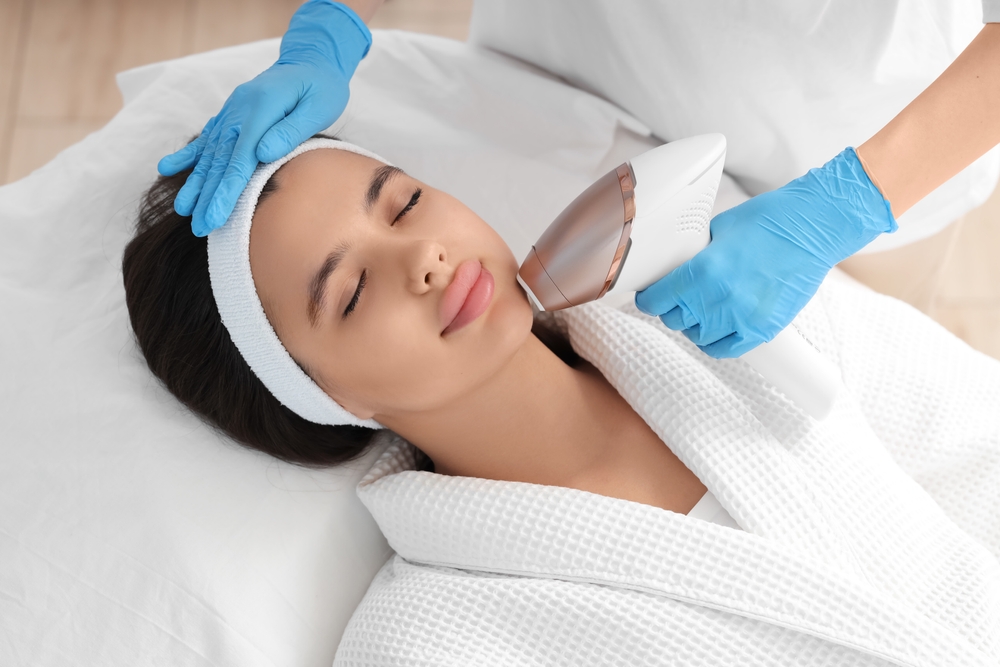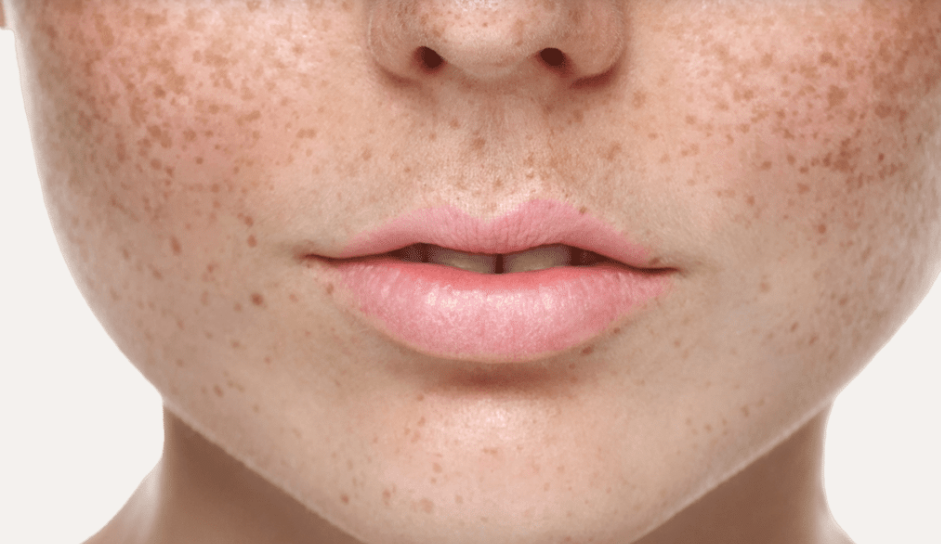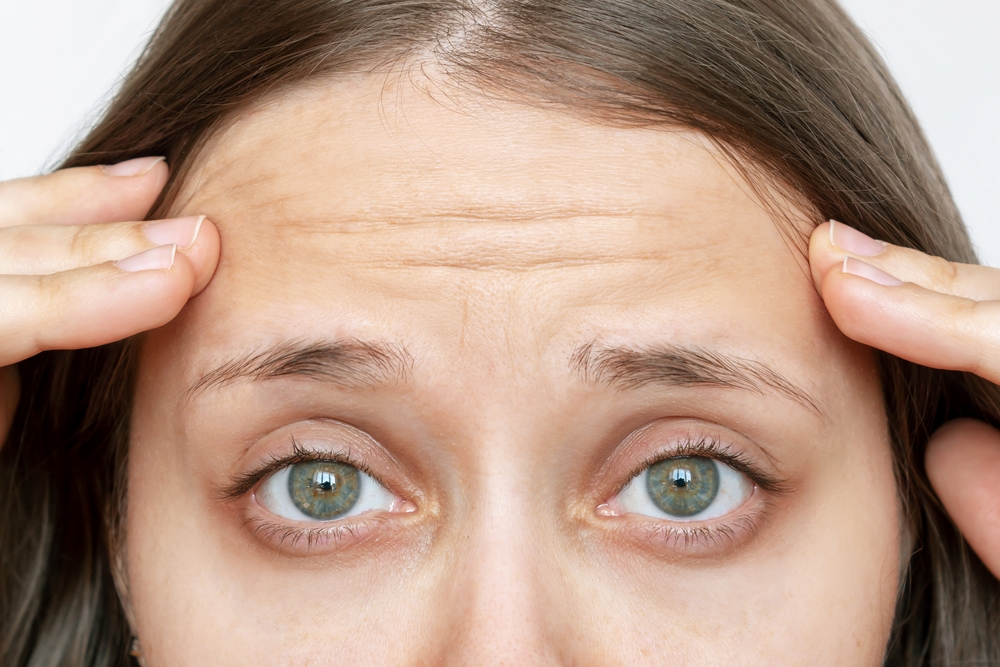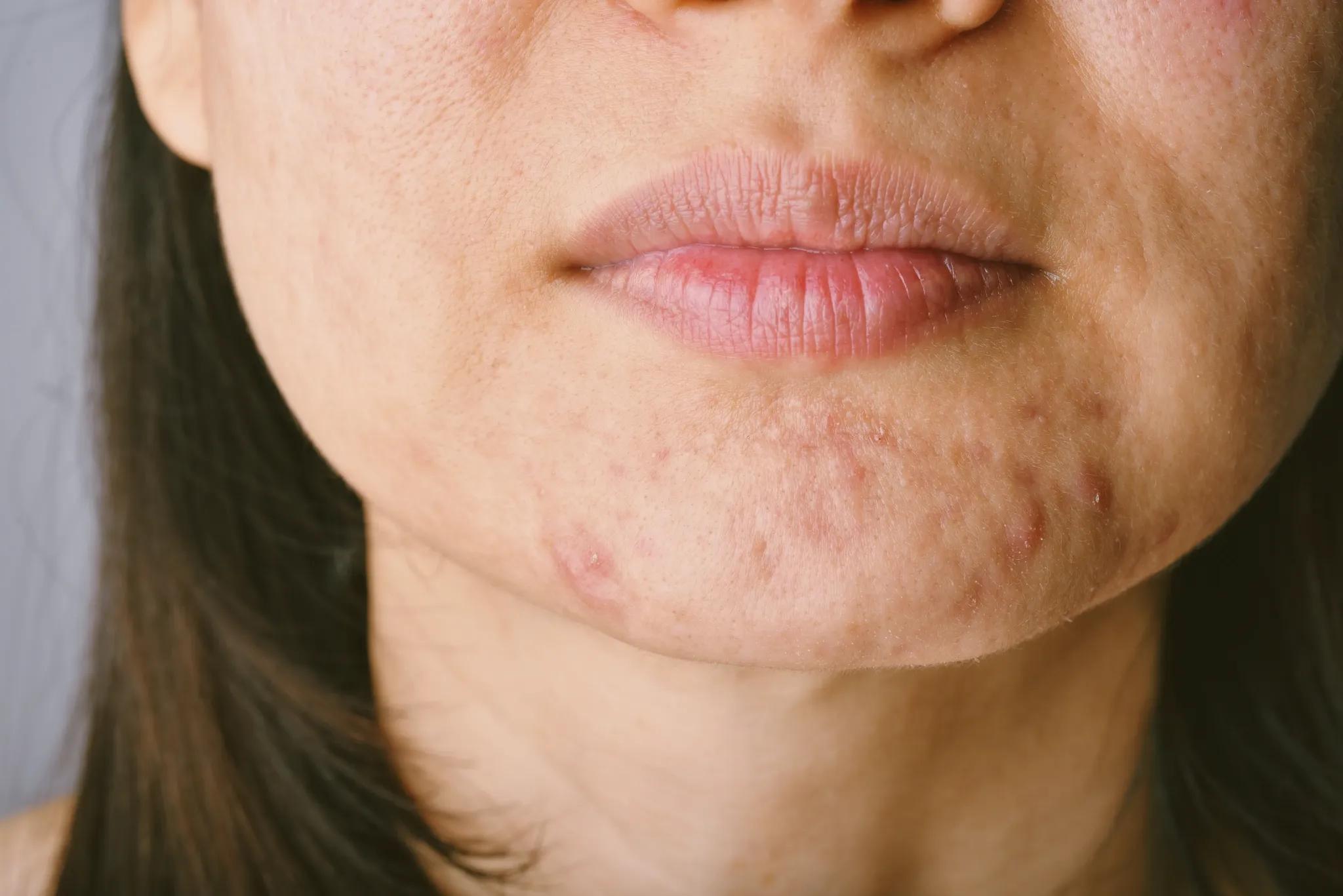
Everything You Need to Know About IPL Laser Treatment
In the evolving world of advanced skincare, IPL laser treatment has become one of the most sought-after solutions for those looking to improve skin clarity,
Our unique approach enables us to look beneath the surface of the skin and simulate your results prior to treatment. Learn more >
Results simulator now available. Learn more >

Are you dealing with unwanted pigmentation on your face? Whether caused by sun exposure, acne scars, or conditions like melasma, these common skin issues can affect both appearance and confidence. Fortunately, advancements in pigment removal laser treatments and other non-invasive methods offer safe and effective solutions to reduce pigmentation.
In this guide, we’ll explore the best options available, from laser treatments to cosmetic-grade peels, providing you with the information needed to make informed choices. With professional help, you can achieve a brighter, more even complexion.
Before diving into treatments, it’s essential to understand what causes pigmentation on face. Skin pigmentation occurs when melanin, the natural pigment responsible for skin colour, is produced unevenly in the skin. This can lead to dark patches, spots, or uneven tones.
These pigmentation issues often require targeted treatments like pigmentation removal laser to break down the excess melanin and promote a more even skin tone.
Laser treatment for pigmentation removal can be an excellent option for many, but it’s essential to determine if it’s the right fit for your skin needs. This approach is ideal for those experiencing stubborn pigmentation – such as dark spots, sun damage, melasma, or acne scars – that has not responded to other treatments like creams or chemical peels.
The laser’s precision allows it to target specific areas, making it especially beneficial for treating concentrated pigmentation without affecting surrounding skin.
Laser treatments are most suitable for:
However, laser treatment may not be ideal for everyone. Individuals with darker skin tones may risk hyperpigmentation, where the skin temporarily darkens. Sensitive skin types prone to inflammation or irritation may also want to consider gentler treatments.
Alternatives like cosmetic-grade peels or skin needling may be more suitable for these cases, as they can provide effective results with a reduced risk of side effects.
A consultation with a skincare specialist at Cosmetic Clinics is essential to assess your skin type, condition, and specific concerns. With the right guidance, you can choose the treatment that best suits your needs and expectations.
Achieving clearer skin requires a tailored approach, as not all pigmentation removal treatments work equally for everyone.
Here, we explore the leading options available to help reduce hyperpigmentation and achieve a balanced complexion.
Laser pigmentation removal is a highly effective and targeted skin pigmentation treatment, especially for stubborn pigmentation that doesn’t respond well to other treatments. The laser’s concentrated light beams penetrate the skin, breaking down melanin clusters and promoting a smoother skin tone.
Treatments like BBL (BroadBand Light) therapy, available at Cosmetic Clinics, provide an advanced approach to targeting pigmentation while rejuvenating the skin. BBL is especially effective in addressing sun damage and age-related discoloration, leaving your skin visibly clearer and younger-looking.
For a milder but effective solution, cosmetic-grade peels can brighten the skin and target pigmentation at the surface level. This option is often suitable for those with milder pigmentation concerns or those seeking to refresh their skin tone.
Peels are a versatile treatment, and a professional can tailor the strength to suit your skin type, ensuring optimal results with minimal irritation.
Skin needling, also known as microneeding, is a popular method for reducing pigmentation and rejuvenating the skin. This treatment uses tiny, sterile needles to create micro-injuries in the skin, stimulating the body’s natural healing process and encouraging collagen production.
While laser treatment for pigmentation and other in-clinic treatments provide rapid results, at-home topical treatments can be a useful adjunct. Products containing ingredients like vitamin C, retinoids, or alpha hydroxy acids (AHAs) can help fade pigmentation over time.
While these treatments work slower than in-clinic options, they are useful for maintenance and prevention of future pigmentation issues.
The cost of pigmentation treatments varies based on several factors, primarily the type of treatment, the extent of pigmentation, and the clinic’s location and expertise. Laser treatments, in particular, tend to be more costly than topical or chemical solutions due to their technology and precision.
Typically, laser sessions are priced per treatment area, and prices can range widely depending on the intensity and duration of the session required.
One important consideration is the potential need for multiple sessions. While some pigmentation issues may show improvement after one or two treatments, deeper or more widespread pigmentation often requires additional sessions for optimal results.
The specific laser type used – such as Dual Yellow Laser or fractional lasers – may also influence the total cost, as different lasers vary in price based on their effectiveness and downtime.
To maximise the value of your treatment, consulting with a specialist can help tailor a plan to your skin’s unique needs, potentially reducing the number of sessions required. Most clinics offer package deals for multiple sessions, which can help make treatment more affordable in the long run.
While treatments like pigmentation removal laser play a vital role, lifestyle habits can also significantly impact skin health and pigmentation. Here are some additional ways to support clear skin and prevent pigmentation from recurring.
One of the primary causes of pigmentation on the face is sun exposure, which can worsen existing spots and trigger new ones. Wearing a broad-spectrum sunscreen daily is crucial, regardless of whether you’re indoors or outdoors.
Regular use of sunscreen is essential for anyone undergoing pigmentation treatments, as it helps maintain results and prevent pigmentation from returning.
What you put into your body can significantly affect your skin’s appearance and resilience. Staying hydrated and maintaining a balanced diet can support the skin’s health, helping it heal and fend off environmental damage.
Additionally, post-treatment care is vital for maintaining results. Treatments like BBL therapy at Cosmetic Clinics can further enhance skin clarity and tone, making it a valuable addition to your skincare journey.
After professional treatment, establishing a skincare routine tailored to pigmentation concerns can help maintain results. Here’s a basic guide:
Consistency is key. With time, a dedicated routine can improve the results of your treatments and keep pigmentation concerns at bay.
Each skin type is unique, and pigmentation removal laser treatments work best when tailored to the individual. A professional consultation is invaluable in ensuring that the chosen method is appropriate for your skin’s needs, minimising the risk of irritation or adverse effects.
Whether you’re interested in hyperpigmentation treatment, laser treatment for pigmentation, or any other option, a consultation will clarify your best path forward.
Achieving an even, radiant complexion is within reach, thanks to advancements in pigment removal laser technology and other effective pigmentation treatments. From laser options to cosmetic peels, these solutions are tailored to address various pigmentation issues, helping restore your skin’s natural beauty.
Consulting a professional ensures a personalised approach to your skin concerns, with treatments like pigment removal laser delivering targeted results. Pairing these treatments with a consistent skincare routine can help you maintain clear, healthy skin and regain your confidence.
Discover how a consultation at Cosmetic Clinics can guide you toward the most effective treatment plan for your unique skin needs. With expert care and proven methods, a brighter, more even complexion is just a step away.

In the evolving world of advanced skincare, IPL laser treatment has become one of the most sought-after solutions for those looking to improve skin clarity,

Forehead wrinkles are among the first visible signs of ageing and often appear earlier than expected. These lines result from repeated facial expressions, environmental exposure,

Struggling with chin breakouts that just won’t disappear? You’re not alone. Acne in this area tends to be stubborn and persistent, often showing up as
"*" indicates required fields
Excellent, we are always excited to meet a new face or to welcome back a familiar one. Contact us in the way that best works for you!
© 2022 Bondi Junction Cosmetic Clinic. All rights reserved.
Enter your details and we will contact you within 24 hrs.
"*" indicates required fields